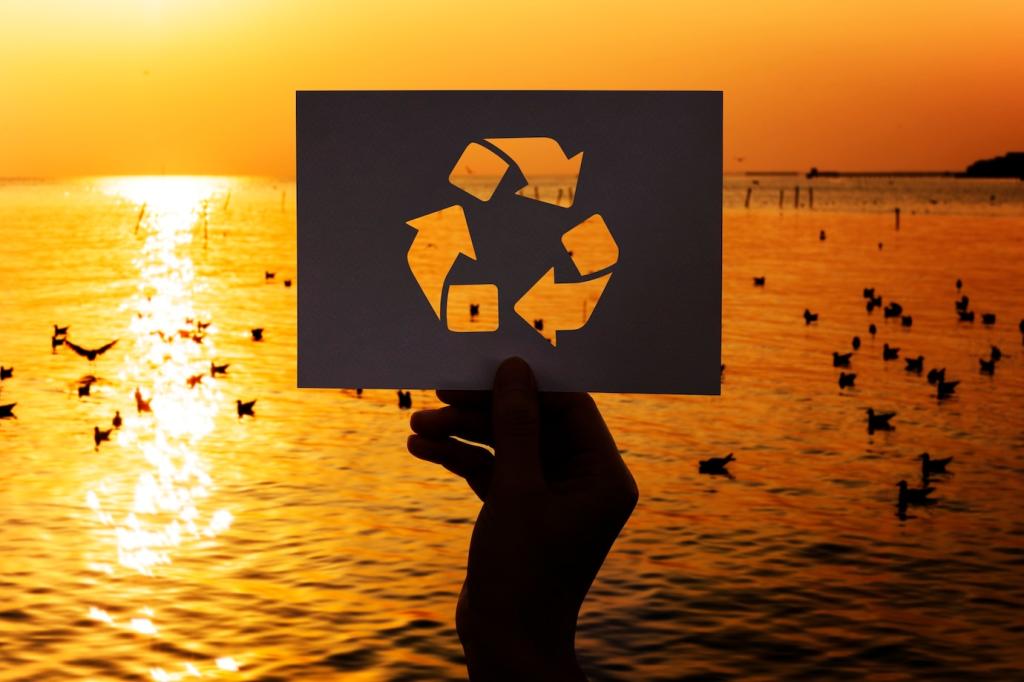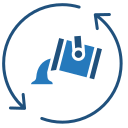Smart Fabric Recycling Systems: Turning Old Textiles into Tomorrow’s Favorites
Chosen theme: Smart Fabric Recycling Systems. Discover how sensors, data, and circular design transform discarded garments into new materials—and how your choices can power a cleaner, smarter fashion loop.

How Smart Fabric Recycling Systems Work
Smart collection bins weigh, compress, and tag incoming textiles, sending live data on fiber types and contamination to regional hubs. This visibility prevents overflow, optimizes pickup routes, and invites you to return items with confidence and convenience.
Designing Clothes for Intelligent Recycling
Digital Product Passports in Every Seam
QR or NFC tags store fiber composition, dye classes, care history, and repair logs. When scanned at end-of-life, recyclers get exact instructions, speeding sorting and maximizing recovery. Ask your favorite brands to include passports today.
Mono-Material Thinking with Style
Single-fiber garments simplify recycling and boost yield, but designers still craft texture and performance through knit structure, finishing, and clever patterning. Beauty and recyclability can coexist when creativity embraces circular constraints as inspiring design prompts.
Fasteners and Trims That Let Go
Dissolvable threads, reversible adhesives, and modular snaps release during controlled heat or moisture cycles. That means fewer contaminants and faster disassembly, turning a once tedious teardown into a graceful, almost choreographed step in the recycling line.
Data, AI, and the Human Stories Behind Your Closet
A scuffed denim jacket, donated after years of concerts and road trips, is scanned, shredded into clean fiber, and spun into fresh yarns. Months later, it returns as sturdy tote fabric, carrying groceries instead of backstage passes.

Data, AI, and the Human Stories Behind Your Closet
Machine learning forecasts collection spikes after seasonal cleanouts and promotions, scheduling staff and processing capacity accordingly. Fewer delays mean higher fiber quality, less contamination, and more revenue funneled into community programs that keep textiles out of landfills.
Chemistry Meets Circularity
Polyester to Monomers, Again and Again
Through glycolysis or methanolysis, PET fibers break down into monomers that are purified and repolymerized into virgin-quality pellets. The result is performance identical to new polyester, but with a dramatically lower footprint and transparent traceability.
Cellulose Recovery without Harshness
Cotton and viscose can be pulped and re-spun using closed-loop solvents or enzymatic routes that reduce toxicity and water use. Smart dosing, filtration, and heat recovery make these processes cleaner, cheaper, and scale-ready for mainstream apparel lines.
Dye and Finish Detox Paths
Selective extraction captures dyes and finishes before fiber reclamation, preventing off-colors and enabling higher-grade outputs. Emerging catalysts target stubborn finishes, while activated carbon and membrane systems ensure effluents leave facilities clear and compliant.

Subscription Take-Backs That Feel Human
Brands pair wardrobe refreshes with prepaid returns, offering credit the moment a parcel scans into the network. You see where items go and what they become, turning end-of-life into an anticipated step, not an afterthought.
Micro-Hubs, Real Jobs
Neighborhood sorting hubs handle repairs, cleaning, and pre-processing before sending materials to regional plants. The work builds local skills, shortens transport distances, and keeps value cycling through communities that once watched resources flow away.
Metrics That Matter, Shared Openly
Dashboards track recovery rates, carbon savings, water impacts, and wage practices. We publish wins and gaps alike, inviting readers to comment, challenge assumptions, and help prioritize improvements for the next quarter’s roadmap.
Policy, Standards, and Interoperability
Clear EPR schemes fund collection, processing, and innovation without burdening consumers. One outdoor brand piloted fees tied to recyclability scores and saw design teams cut mixed fibers by half in a single season.


Your Part in Smart Fabric Recycling Systems
Before donating, scan digital tags, remove heavy trims, and bag items by material if possible. Snap a photo and share your handoff story—your post might inspire a neighbor to join the loop this weekend.
Your Part in Smart Fabric Recycling Systems
Smart systems love durable garments. Patch knees, replace zippers, and keep care labels intact; these steps extend life and improve end-of-life recovery. Comment with your favorite repair tip so we can feature it for others.
